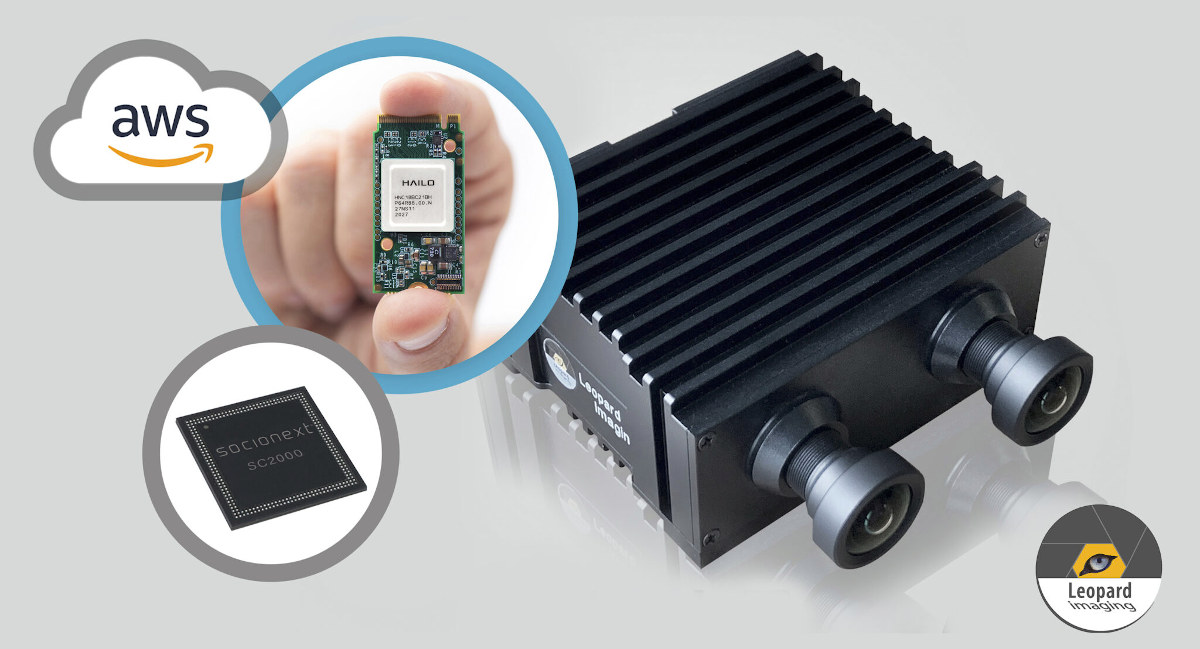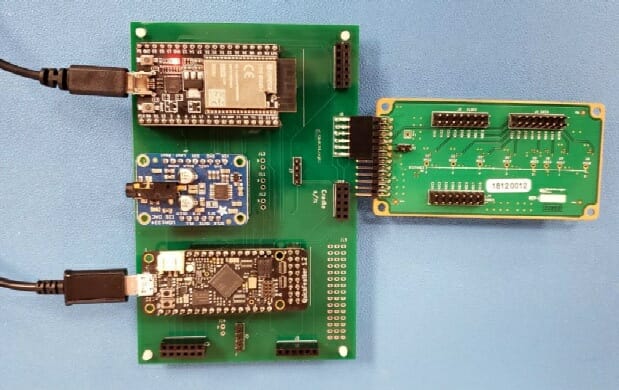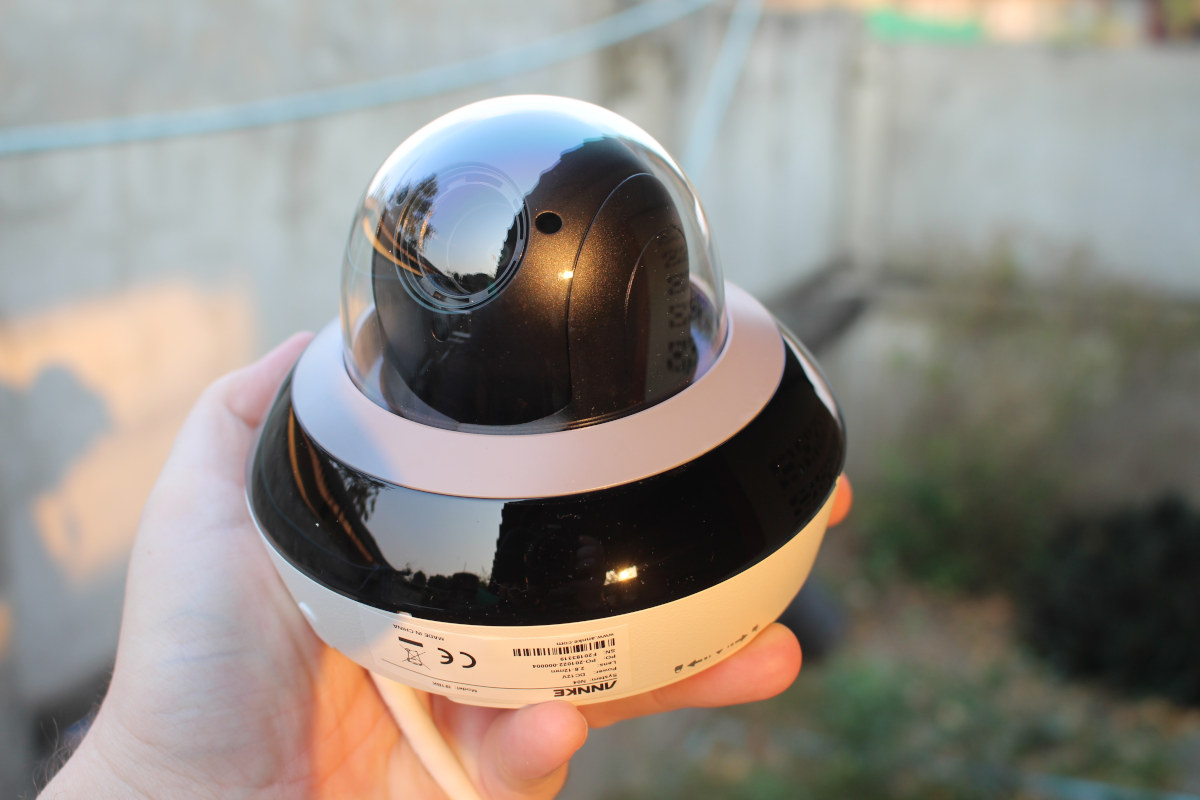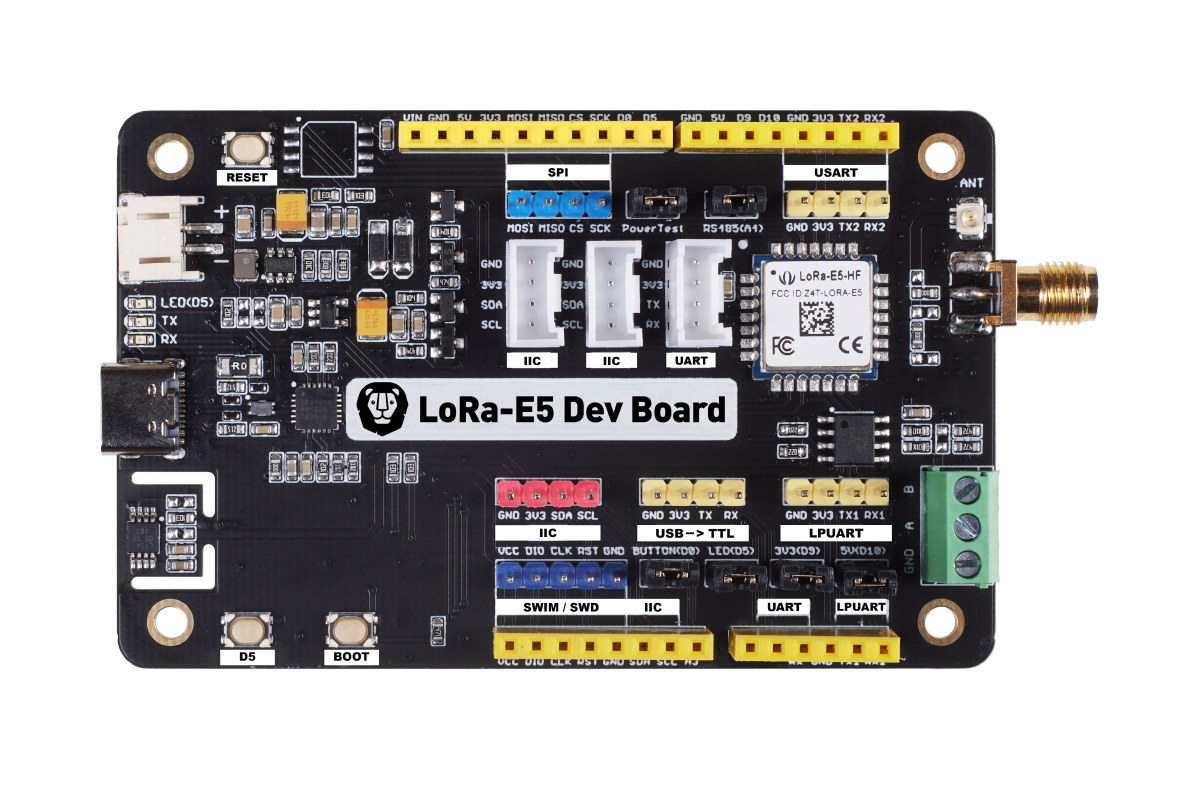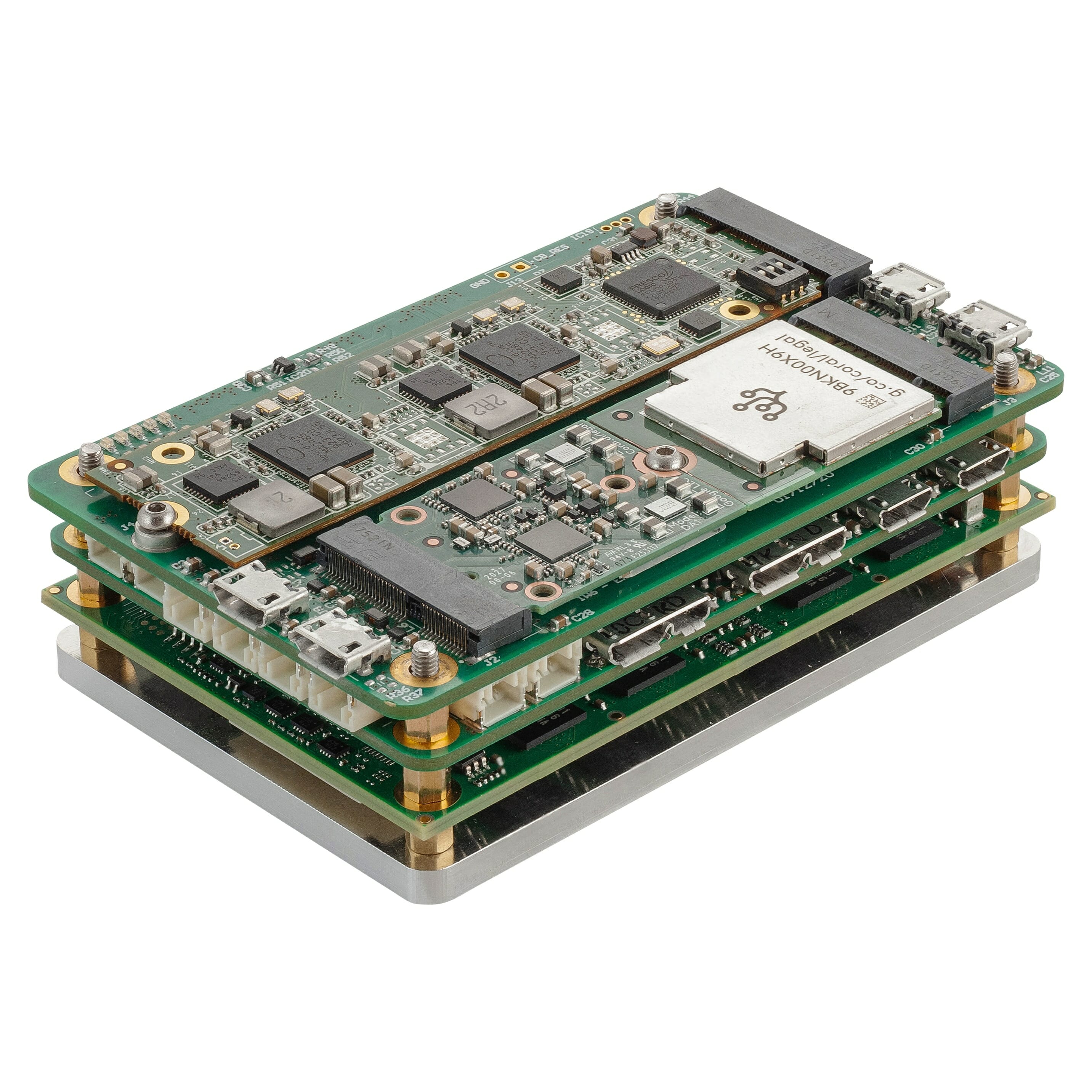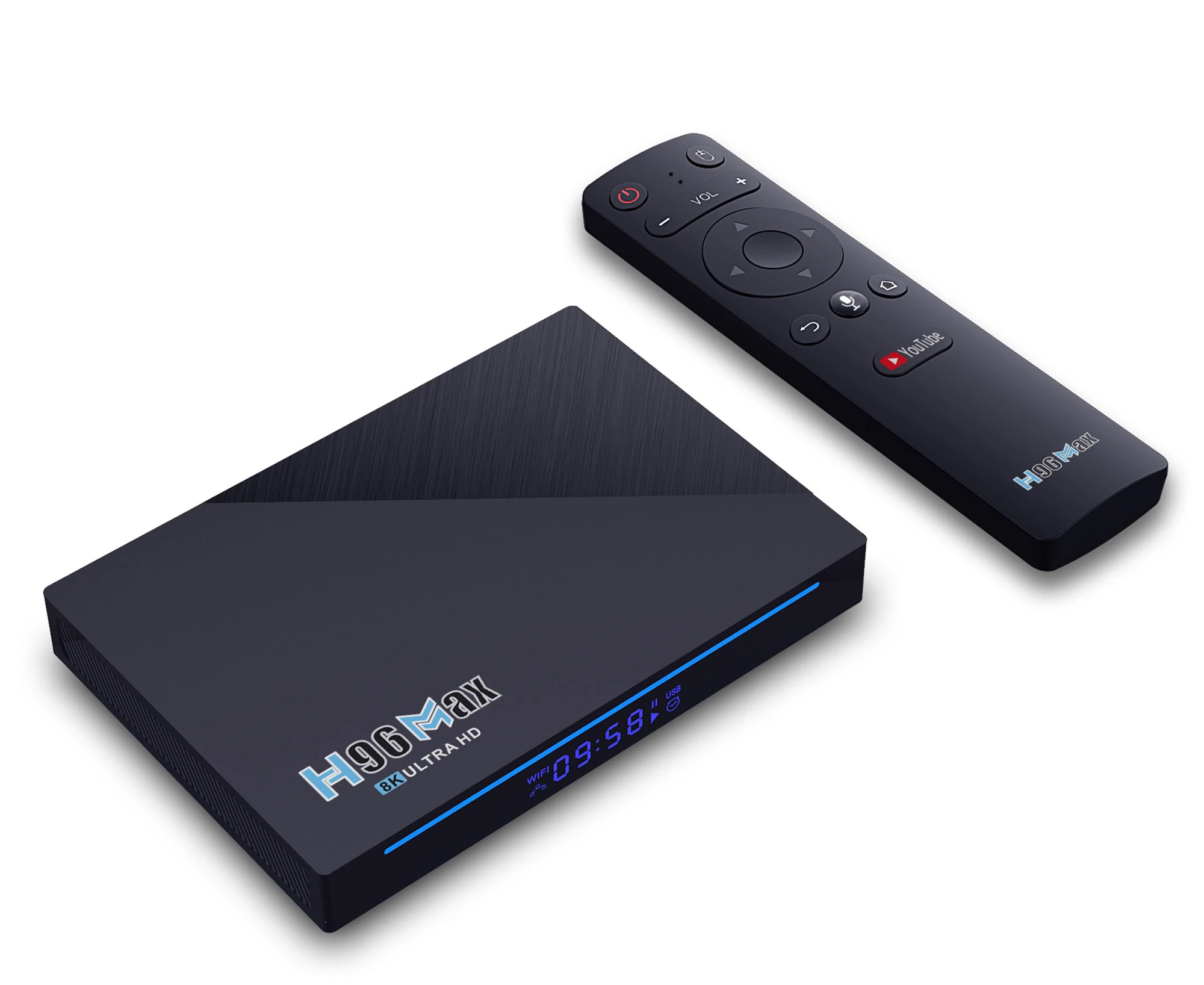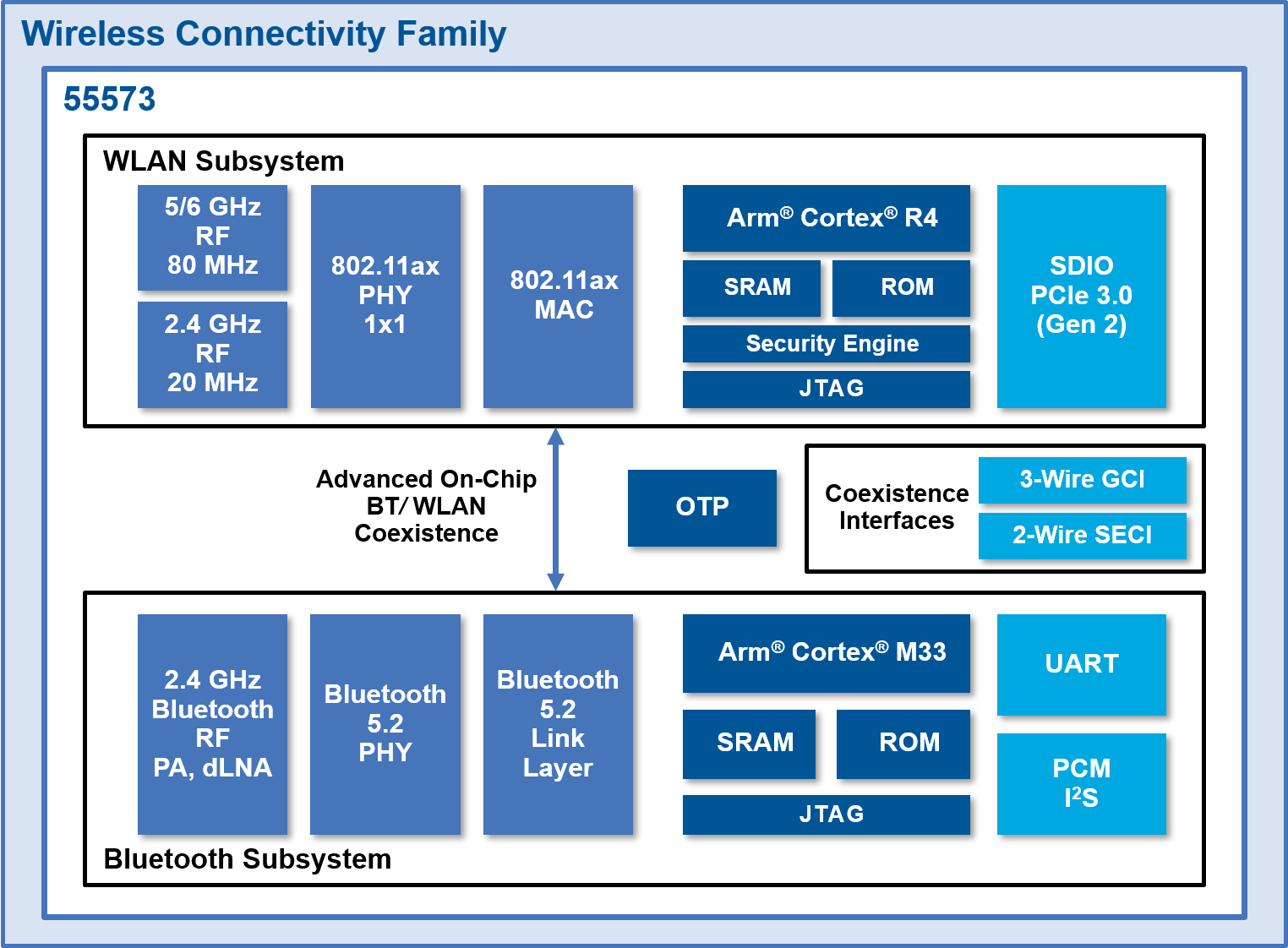Most MCU-based embedded systems come with firmware programmed with assembler, C, and/or C++. But as referenced in a paper published in 2000 entitled ” Point of view: Lisp as an alternative to Java“, functional programming languages like Lisp or Scheme may lead to shorter development times compared to C/C++ or Java. That’s with this idea in mind that LambdaChip was created. It is a lightweight, open-source virtual machine designed to run on embedded systems with limited resources, for instance, an 80MHz microcontroller with 50KB RAM, and programmable with Scheme multi-paradigm programming language, a dialect of Lisp widely used for functional programming research and teaching. The company behind the project, also called LambdaChip, has just created its own hardware with LambdaChip Alonzo, an STM32 Cortex-M4 development board with 512KB flash, 128KB RAM, and that also comes with Bluetooth LE connectivity. LambdaChip Alonzo board specifications: MCU – STMicro STM32F411CEU6 Arm Cortex-M4 MCU […]
Edge AI video processing system combines SocioNext SC2000 4K camera SoC with Hailo-8 AI accelerator
We’ve previously written about Hailo-8 AI accelerator delivering up to 26 TOPS at low power (3 TOPS per watt), and found in AI edge systems such as Foxconn BOXiedge server powered by a Socionext SynQuacer SC2A11 24x Cortex-A53 cores SoC and capable of analyzing up to 20 streaming camera feeds in real-time for video analytics. Leopard Imaging has now created a much more compact Edge AI processing solution with EdgeTuring based on Hailo-8 M.2 card and Socionext SC2000 4K camera SoC, and designed for low-power video analytics. EdgeTuring features and specifications: Camera SoC / Image Processor – Socionext SC2000 quad-core Cortex-A7 processor @ 650MHz with 4Kp30 H.265/H.264 encoder, up to 1.2 Gigapixel per second processing, LPDDR-3 memory (PoP) AI Module – Hailo-8 M.2 Module for up to 26 TOPS Camera Dual camera but only one sensor works for AI Sensors – 2x Sony IMX477 CMOS Image Sensor, diagonal 7.857 mm […]
QuickLogic’s Hearable Reference Design enables Alexa Voice-Initiated Devices
Last year we saw QuickFeather board featuring EOS S3 Cortex-M4F MCU with embedded FPGA, which was a crowdfunding project. This year the company has launched its smart hearable reference design based on a similar processor by QuickLogic. The device is dedicated to “Voice-Initiated, Hands-Free, Alexa Built-In Devices with Close-Talk Support.” QuickLogic’s smart hearable reference design is based on the company’s Open Reconfigurable Computing (QORC) which supports a complete open-source set of development options for the MCU and FPGA devices. It is also built on the EOS S3 Voice Processor and the QuickFeather open source development kit. This can enhance the user experience with a longer battery life of the device. The EOS S3 Arm Cortex- M4 processor features Low Power Sound Detection (LPSD) technology along with DSP Concepts’ TalkTo noise suppression and beamforming technology for the directional transmission of signals. It also comes with Alexa Wake Word engine technology, an […]
ANNKE CZ400 AI security camera review – Part 1: Specs, unboxing and teardown
We’re starting to see more and more security cameras with built-in AI features such as Reolink RLC-810A 4K camera with people & vehicle detection or the lower cost Vacom Cam Full HD camera with person detection only, which I have not reviewed yet due to some technical issues. I would not buy a camera without AI now as such features greatly reduce false positives. Another model has now come my way with ANNKE CZ400 (aka I91BK) 2K security camera that comes with even more advanced AI-accelerated computer vision features with not only face detection, but also intrusion detection, line crossing detection, region entrance detection, region exiting detection, object removal detection, unattended baggage detection, and audio exception detection. In this first part of the review, we’ll check the specifications, the content of the package with an unboxing, as well as a partial teardown that is needed to install a microSD card. […]
STM32WL based LoRa-5E development kits go for $19.90 and up
The LoRa-E5 STM32WL module we covered last month can now be found in two LoRaWAN development kits from Seeed Studio with the ultra-compact LoRa-E5 mini board, and the Arduino UNO shaped LoRa-E5 board with more I/Os. Both boards support the LoRaWAN protocol with global frequencies and can achieve a transmission range of up to 10 km with ultra-low power consumption. LoRa-E5 and LoRa-E5 mini specifications: LoRa connectivity LoRa-E5 modules based on STM32WLE5JC SoC with Arm Cortex-M4 MCU @ 48 MHz with 256 KB flash memory, 64 KB SRAM, SX126x LoRa radio Modulations – LoRa, (G)FSK, (G)MSK, BPSK Operating frequencies – 868/915MHz (EU868, US915, AU915, AS923, KR920, IN865) Output power – up to +20.8 dBm at 3.3V Rx sensitivity – -116.5 dBm to -136 dBm Protocol – LoRaWAN SMA-K and IPEX antenna connectors USB – 1x USB Type-C port for power and programming I/Os LoRa-E5 mini – 2x 12-pin through-hole and […]
This mini-computer is set to outperform NVIDIA Xavier by eight times
When it comes to high-end AI-edge computer boards, we have seen Hackboard 2 with support for Windows 10 operating system and optional 4G or 5G cellular connectivity. Fast Sense Studios is a Russian-based startup designing powerful on-board computers to bring edge AI capabilities to mobile robotics. At Embedded World 2021, the company has unveiled the Fast Sense X Robotics AI Platform that integrates the power of six computers into a single module. The company claims the newly launched edge AI computer outperforms the NVIDIA Xavier with over 8x higher performance in mobile robots thanks to the advanced DNN inference hardware. Apart from the Intel UHD GPU, the computer also integrates up to 3 Coral Edge TPU devices and up to 2 Myriad X devices allowing it to give optimum results even when on heavy workloads. “We believe in the future where reliable physical agents become relevant for routine tasks that […]
The first Rockchip RK3566 TV box is out with H96 Max running Android 11
Rockchip RK3566 is a quad-core Cortex-A55 processor with plenty of peripherals designed for AIoT and NVR applications. While it still supports features like high-dynamic range or video post-processing, it’s not really optimized for TV boxes, but this has not stopped the maker of H96 Max “8K UltraHD” TV box to launch an RK3566 model with 4GB RAM and 8GB RAM now sold for respectively $59.99 and $76.99 on Banggood. H96 Max RK3566 TV box specifications: SoC – Rockchip RK3566 quad-core Cortex-A55 processor with Arm Mali-G52 EE GPU, 0.8 TOPS NPU/AI accelerator System Memory / Storage configuration 4GB DDR3, 32GB eMMC flash, and MicroSD card 8GB DDR3, 64GB eMMC flash, and MicroSD card Video Output – HDMI 2.0a up to 4Kp60 with 3D support, Video decoding 4Kp60 H.264/H.265/VP9 VC1 up to 1920 x 1080 @ 60fps MPEG-4 up to 1920 x 1080 @ 60fps HDR10 and HLG modes Audio – Optical […]
Infineon AIROC CYW5557x WiFI 6/6E targets IoT and streaming devices
WiFi 6E is a new wireless standard that operates in the 6 GHz frequency band. We’ve already seen it used in consumer products such as premium smartphones and routers, as well as some embedded SBCs that take Qualcomm WiFI 6E cards. But now Infineon, who purchased Cypress Semiconductors last year, has unveiled the AIROC CYW5557x family of WiFI 6/6E chipsets designed for the IoT, enterprise and industrial applications for the 1×1 models, and for multimedia, consumer and automotive applications with 2×2 MIMO. Infineon AIROC CYW5557x has three SKUs that share most of the same specifications: Devices CYW55573 with Wi-Fi 6E, 2×2 MIMO CYW55572: with Wi-Fi 6, 2×2 MIMO CYW55571 with Wi-Fi 6E, 1×1 (80MHz) Wireless features WiFI Arm Cortex-R4 core Wi-Fi 6/6E, Tri-band (2.4/5/6 GHz) OFDMA, MU-MIMO, TWT, DCM 2×2 MIMO or 1×1 SISO 20/40/80 MHz channels, 1024-QAM, up to 1.2 Gbps PHY data rate STA and Soft AP mode […]


